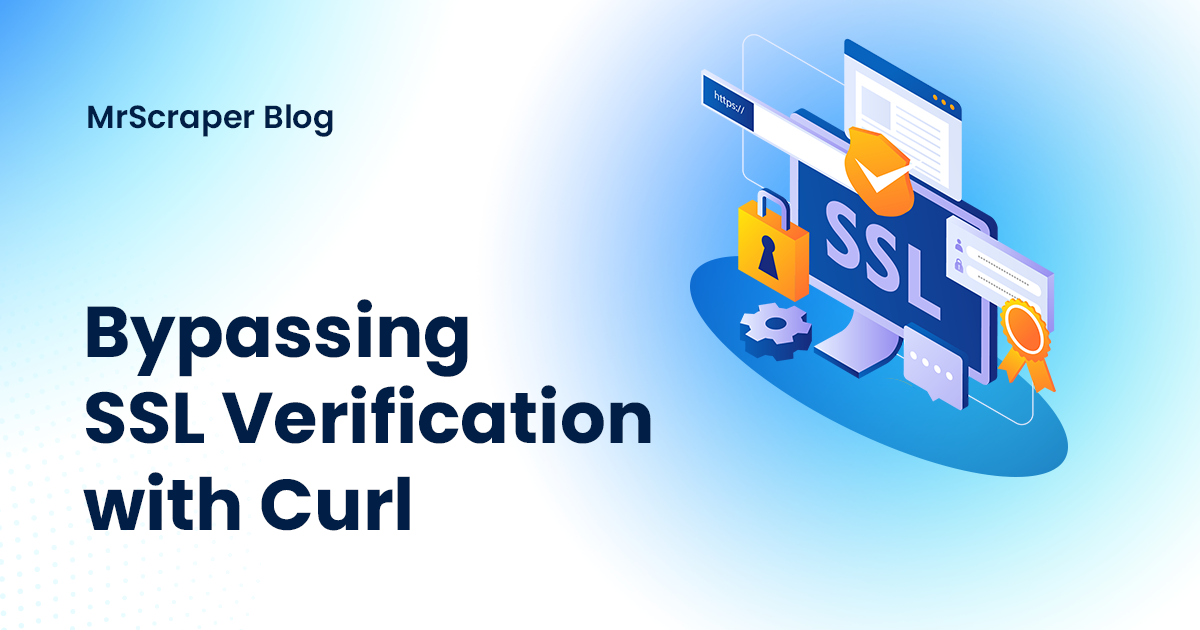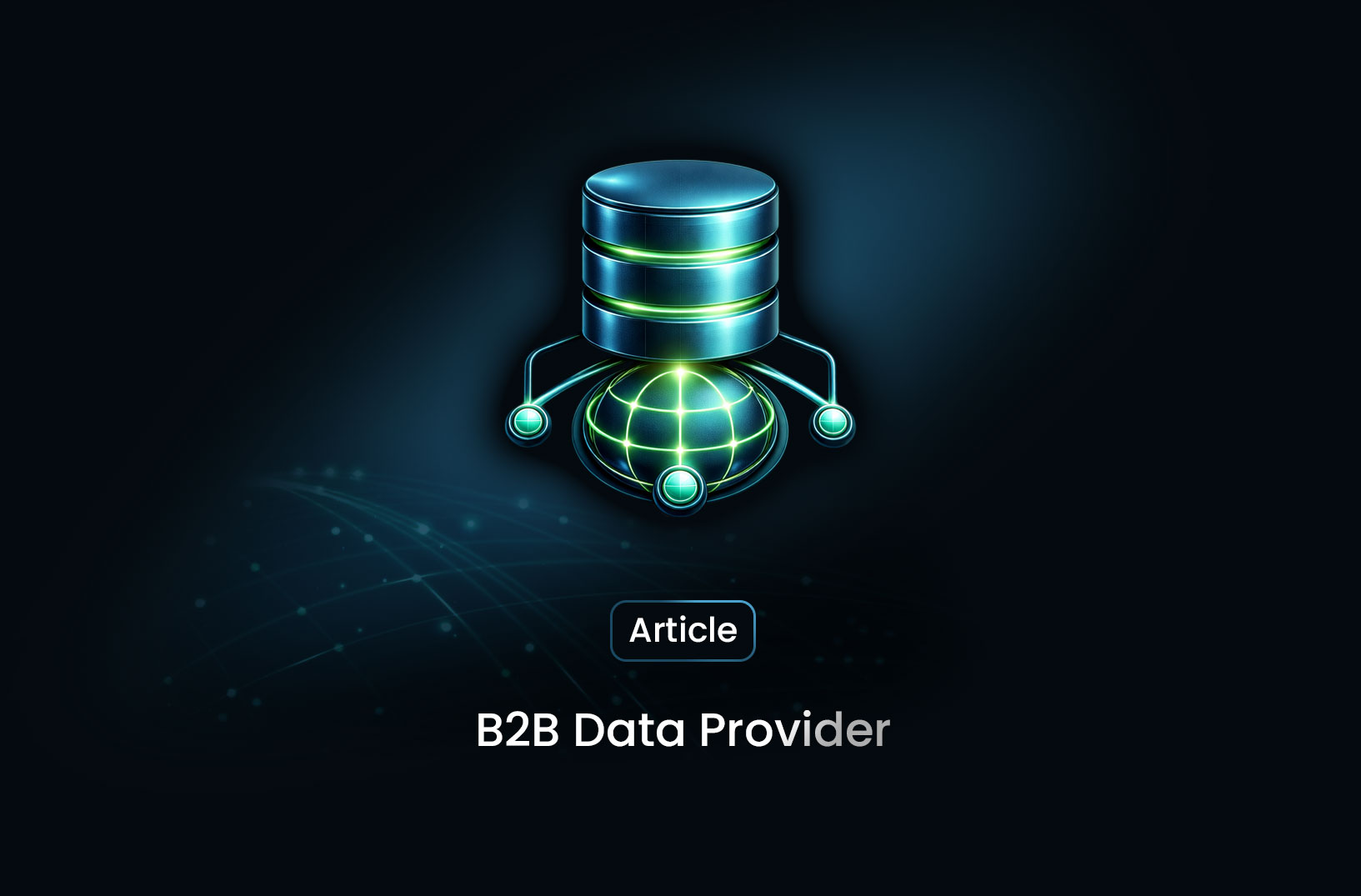
Bypassing SSL Verification with Curl
ArticleThere are situations where bypassing SSL verification may be necessary or convenient. By bypassing SSL verification, you can proceed with data transfers without being blocked by certificate issues. However, this should be done cautiously, as it can expose you to potential security risks.

What is Curl?
Curl is a versatile command-line tool that allows users to transfer data across various protocols, including HTTP, HTTPS, FTP, and more. It's widely used in development, testing, and automation tasks due to its flexibility and simplicity, making it an essential tool for developers and IT professionals alike.
What is SSL?
SSL (Secure Sockets Layer) is a security protocol designed to establish encrypted links between a client and a server. This encryption ensures that any data transmitted between the two parties remains private and secure. SSL has become a fundamental part of the internet's security infrastructure, protecting sensitive information such as passwords, credit card numbers, and personal data from unauthorized access.
Why Bypass SSL Verification?
There are situations where bypassing SSL verification may be necessary or convenient. For instance, when working with development servers that use self-signed certificates, accessing servers with expired or invalid certificates, or when testing API endpoints during development. By bypassing SSL verification, you can proceed with data transfers without being blocked by certificate issues. However, this should be done cautiously, as it can expose you to potential security risks.
The Risks
Disabling SSL verification can have significant security implications. By bypassing this verification, you open yourself up to man-in-the-middle (MITM) attacks, where an attacker could intercept and manipulate the data being transmitted. This makes it crucial to use the technique responsibly, ensuring that you only bypass SSL verification when absolutely necessary and in controlled environments.
Using Curl to Bypass SSL Verification
Basic Curl Command
Curl's basic command structure is simple. For example, to make a standard HTTP GET request, you can use:
curl http://example.com
This command retrieves the contents of the specified URL.
The -k or --insecure Option
The -k (or --insecure) option in Curl is used to bypass SSL certificate verification. When you use this option, Curl will ignore any certificate errors and proceed with the request. This can be particularly useful when working with servers that have self-signed or invalid certificates. Here's an example:
curl -k https://example.com
This command allows Curl to connect to https://example.com even if the SSL certificate is not valid.
Security Considerations
The Importance of Security
While bypassing SSL verification can be useful, it's essential to remember that it comes with risks. SSL exists to protect data, and bypassing it should only be done when absolutely necessary. Always consider the security implications before disabling SSL verification, especially when dealing with sensitive information.
When to Use -k
The -k option should be used sparingly. It's appropriate to use this option when you're working in a controlled environment, such as on a development server with a self-signed certificate or when dealing with known, trusted sources that have certificate issues. Avoid using -k in production environments or when accessing unknown or untrusted servers.
Safer Alternatives
If you're concerned about security but still need to bypass SSL verification, consider using safer alternatives. For instance, you could use a trusted proxy or VPN to handle the connection securely. These tools can help you maintain a secure connection while still allowing you to bypass SSL verification in a more controlled manner.
Conclusion
In this post, we've explored how to bypass SSL verification using Curl, including the practical application of the -k option. While this technique can be useful in certain situations, it's important to be aware of the security risks involved. Always weigh the benefits against the potential dangers, and consider using safer alternatives when possible. With the right precautions, you can use Curl effectively without compromising security.
If you're interested in learning more about how to use Curl effectively, check out our previous blog post, "How to Make POST Requests with cURL". It dives into another essential aspect of Curl usage that can enhance your development and testing workflows.
Find more insights here

Search Engine Marketing Intelligence: What It Is and How Businesses Use Data to Win
Discover what search engine marketing intelligence is, why it’s essential for competitive digital ad...

B2B Data Provider: How Businesses Collect Large-Scale Data with MrScraper
Learn what a B2B data provider is, why businesses need large-scale data, and how MrScraper helps com...

Minimum Advertised Price Monitoring with Mrscraper
Learn how to automate Minimum Advertised Price (MAP) monitoring using Mrscraper. Detect pricing viol...
